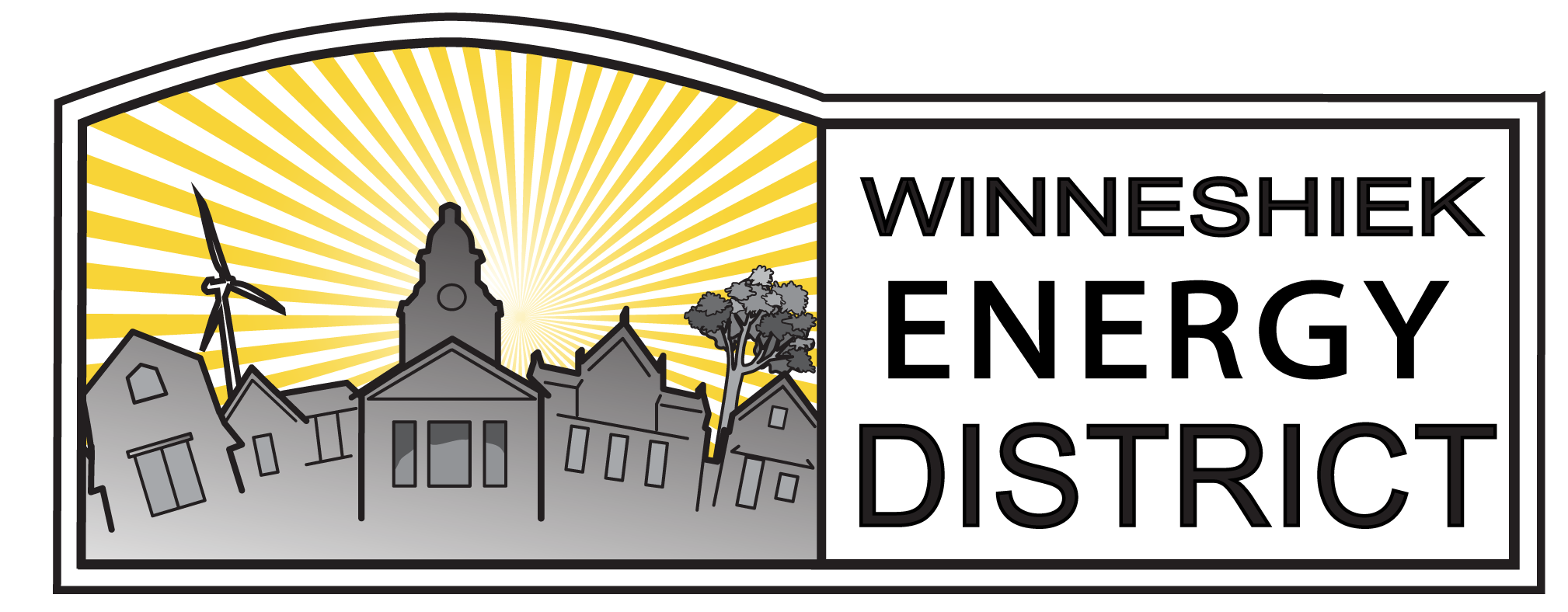Energy Bills Rising: Alliant
by Andy Johnson, Executive Director
We’ve been asked recently why Alliant electric bills seem to keep rising, despite the fact that the last rate case was in 2019 (with the final order approving the rate hike in early 2020).
The answer is complicated, but we’ll try to explain. Here are five key take-aways:
- Yes, Alliant rates are near the top in the state
- The rate increase approved in 2020 was major, and actually began in 2019
- The effect of the 2020 rate increase was masked by various factors
- Some increasing bill costs are outside of Alliant’s direct control, notably transmission
- We anticipate another rate increase filing in 2023
Alliant Rates
A recent presentation to Decorah’s Municipal Electric Utility Task Force outlined just how expensive it is to be an Alliant Energy electric customer in Iowa today. Using Iowa Utilities Board data for 2020, Alliant had the 3rd highest residential rates (out of 181 electric utilities). Both residential AND commercial customers of Alliant pay more than those in New Hampton, Osage, Waverly, Guttenberg, and MiEnergy REC, to name just a few. Relative to customers of MidAmerican Energy – Iowa’s other large investor-owned utility – Alliant residential customers pay an average of $557 more per year, and commercial customers pay an average of $1,841 per year in electricity.
The 2019-2020 Rate Increase
The 2020 IUB data tells only part of the story. The last Alliant electric rate increase was filed at the IUB in early 2019, and the final order approving the increase came in early 2020. Despite Alliant claims to the contrary, the rate increase was major (as we explained in our article back then): 15% for residential, 11% for commercial, and 15% for large commercial/industrial.
This amounted to a total annual revenue increase for the company of $127 million, but here’s the kicker: Alliant raised “interim” rates at the beginning of the rate case (early 2019) by $90 million. These “interim” rate hikes, while allowed under Iowa law, have the effect of masking the true rate increase impact, and muddying the narrative. Since customers were already paying significantly higher bills early in 2019, Alliant could (and did) make claims to customers and communities, the rate increase would be actually very small, and you won’t see much of an increase in 2020.
More Masking, and Unmasking, of Rate Increase Impacts
Another reason customers didn’t see significantly higher bills in 2020 and into 2021 is because Alliant waited until then to refund tax credits (including those from the federal 2017 Tax Cuts and Jobs Act of 2017) to customers. These credits totaled $27 million, could and should have been refunded much sooner, and as the Decorah Area Group argued in the rate case, should not have been used to conceal the true impact of the significant rate increase. Those refunds ended in mid-2021, however, unmasking another portion of the 2019/20 rate increase and resulting in higher bills.
Some Bill Increases Are Outside Alliant’s Control
Transmission costs are a pass-through on Alliant bills, from their transmission provider ITC Midwest. If ITC rates go up, Alliant customer bills go up. ITC rates have been rising steadily for years, and Alliant projects that they will continue to do so. Currently, ITC/Alliant customers are paying over 3 cents per kilowatt-hour for transmission, while customers of most other transmission providers in Iowa pay just 1-2 cents per kwh. Many municipal utilities have options on who they use as a transmission provider, and they also have the opportunity to reduce transmission costs through placing renewable energy and storage resources on the local distribution grid.
Fuel costs for electricity generation are another pass-through component on Alliant bills. On the one hand, this “energy adjustment” component on Alliant bills is being kept down by the growth of wind farms in Alliant’s generation portfolio, and by the early termination of their power purchase agreement with the Duane Arnold nuclear plant. On the other hand, rising natural gas prices may also put upward pressure on this component of Alliant customer bills.
Franchise fees are another pass-through element of electric bills in Iowa. Decorah implemented a franchise fee that starts at 1% in 2021, and increases by 1%/year until it reaches 5%, where it will remain. While very real, this fee is clearly dwarfed by regular Alliant base rate increases, transmission increases, and other costs. In contrast to those increases, 100% of franchise fees remain in the local community, and are used by the city for purposes authorized in state law.
We Anticipate Another Alliant Rate Increase Filing in 2023
Alliant has stated they do not intend to file for another rate increase in 2022. Given the past frequency of their rate case filings, and that they last filed in 2019, this would suggest another rate increase filing is likely in early 2023. Whenever it comes, customers should realize that the filing of a new rate increase case with the Iowa Utilities Board will also be accompanied by an immediate and significant “interim rate increase”, which will likely represent the major portion of the final, approved, rate hike.
